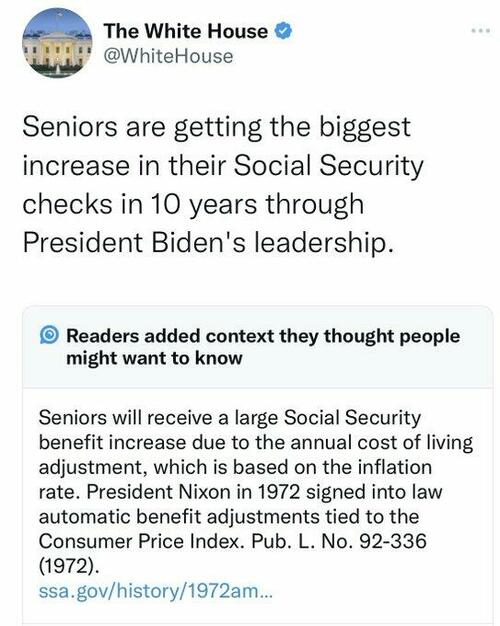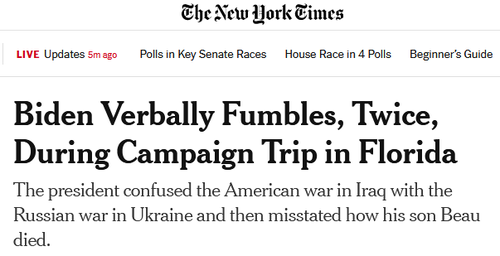uniQure is back on track in Europe with its gene therapy for Huntington’s disease as a Data Safety Monitoring Board overseeing the Phase Ib/II trial recommended that patient enrollment in the higher-dose cohort could resume.
In August, the Mass. and Amsterdam-based gene therapy company paused enrollment in this cohort due to the occurrence of suspected unexpected severe adverse reactions (SUSARs) in three trial participants.
These events have since been resolved and uniQure will re-commence enrollment at the higher dose, the company announced Wednesday along with its Q3 financials.
The DSMB made the recommendation after what uniQure CEO Matt Kapusta called a “comprehensive” review of all available safety, biomarker and imaging data in the trial.
The company intends to complete enrollment in the higher-dose cohort in the first half of 2023, Kapusta said.
All of the SUSARs involved striatal clinical symptoms, Ricardo Dolmetsch, Ph.D., president of research & development, told BioSpace.
One patient had movement tics such as lip smacking and finger flicking along with some euphoria, while another had severe pain, Dolmetsch said. Each of the patients also had some degree of edema in the injection region.
The severe events “were likely caused by the activation of the innate immune system… the microglial cells that are acutely activated by a high dose of virus,” Dolmetsch said.
In one case, CSF was removed to decrease pressure, while steroids were administered in another. Ultimately, the DSMB determined the risk-benefit profile fell on the side of the gene therapy, Dolmetsch noted.
In addition, the DSMB recommended uniQure implement additional risk mitigation procedures during the first two weeks after the surgical administration of AMT-130. This includes a seven-day, in-person post-surgical visit.
In the United States, 10 patients have been treated in the high-dose cohort of the trial, while 4 have been dosed in the EU. Six patients have received the treatment in the low-dose U.S. cohort.
AMT-130 is the first-ever adeno-associated virus (AAV) gene therapy for Huntington's to enter clinical trials. uniQure’s proprietary technology introduces an AAV to the brain, then uses a microRNA to reduce the production of a toxic protein known as mutant HTT. This specific microRNA targets exon 1 of the huntingtin gene.
Mutant HTT is the bad form of the huntingtin protein coded for by the HTT gene – the kind that triggers the physical, cognitive and emotional symptoms characteristic of the neurodegenerative disease in people with a genetic predisposition.
The other form, wild-type huntingtin, is not harmful and there is debate in Huntington's treatment space about its overall importance to function.
In June, uniQure reported data from six patients treated with low-dose AMT-130 showing a 53.8% mean reduction of mutant huntingtin HTT (mHTT) in the cerebral spinal fluid at twelve months of follow-up.
“We know that the biomarkers are moving,” Dolmetsch said. “We know that we are reducing huntingtin... and we know that the main marker of neuronal damage, which is neurofilament light chain, is trending downwards. That’s very exciting for us because it suggests that we're both reducing the proximate cause of the disease and also protecting neurons.”
An Elusive Target
Huntington’s disease has been an elusive target in the drug development space.
“Historically, we haven't had very many good technologies for reducing the expression of a toxic protein,” Dolmetsch said. “The traditional ways of developing medicines, like small molecules and antibodies, are just not suitable for reducing a toxic protein that accumulates inside cells.”
Companies such as Roche and WAVE Life Sciences are attempting to treat Huntington’s with antisense oligonucleotides.
The problem with ASOs for Huntington's disease, Dolmetsch said, “is that they just don't get to the part of the brain where we need to reduce huntingtin."
It is a disease that affects the deep parts of the brain, he said, "and for reasons that we don't really understand very well, these antisense oligonucleotides, at least the conventional sort, don't seem to get there very efficiently.”
Next-generation technologies like gene therapy have the potential to get deep into the cells in order to reduce mutant huntingtin, Dolmetsch said.
uniQure is on track to announce data from the U.S. arm of the study in the second quarter of next year. This will include two years of data from the six low-dose patients and one-year data from the high-dose patients. Further follow-up data from these patients will be reported at the end of 2023.

